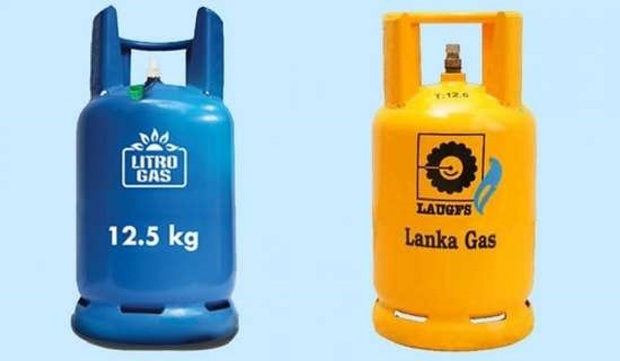COLOMBO – Sri Lanka will merge liquefied petroleum procurement and distribution operations of Laugfs and Litro Gas and look at government price support, Minister Keheliya Rambukwelle said after the sector was thrown into crisis due to price controls.
“Procurement will be combined for joint bargaining and cost-saving,” Minister Rambukwelle said.
The two firms have been asking for price increases of between Rs 600 to Rs 700 rupees per 12.5-kilogram cylinder, but the price control agency had said an increase of between Rs 375 to Rs 400 was permissible, he said.
However, President Gotabaya Rajapaksa and the Cabinet of Ministers had decided not to increase the price.
“We have decided as a government to take on the burden and do something,” he said, adding that the government will take steps to sort out the loss.
Sri Lanka has been printing large volumes of money to keep rates down and finance a deficit after taxes were cut in a ‘fiscal stimulus’ and rates were cut in a ‘monetary stimulus’.
There has been speculation from the time of the last administration that State-run Litro Gas would take over publicly traded Laugfs, which was running losses due to price controls after taking on a large volume of debt to invest in a terminal in Hambantota.
Litro already has a terminal built in Muturajawela in the Western Province when it was owned by Shell.
A Cabinet sub-committee headed by Minister Bandula Gunewardene has had discussed with bankers, company representatives and state agencies and come up with recommendations, which were cleared by the Cabinet of Ministers.
“Purchasing, transporting and storing” LPG will be done jointly by both companies using the Hambantota Gas Terminal.
A committee will be appointed made up of Laugfs, Litro Gas and energy experts to procure LPG for the country.
The progress would be reviewed in six months.
The retail price of a 12.5-kilogram cylinder will be kept at Rs 1,493 rupees as determined by the Consumer Affairs Authority, the price control agency.
Sri Lanka has been running into economic and energy crises due to monetary instability from a soft-pegged central and never-ending price hike due to depreciation.
Analysts have pointed out that Sri Lanka runs into crises by subsidizing fuel when the US Fed loosens policy starting from 1951.
Sri Lanka’s rupee also collapses when the Fed tightens and hikes rates and brings down commodity prices due to over-aggressive open market operations.
-economynext.com


